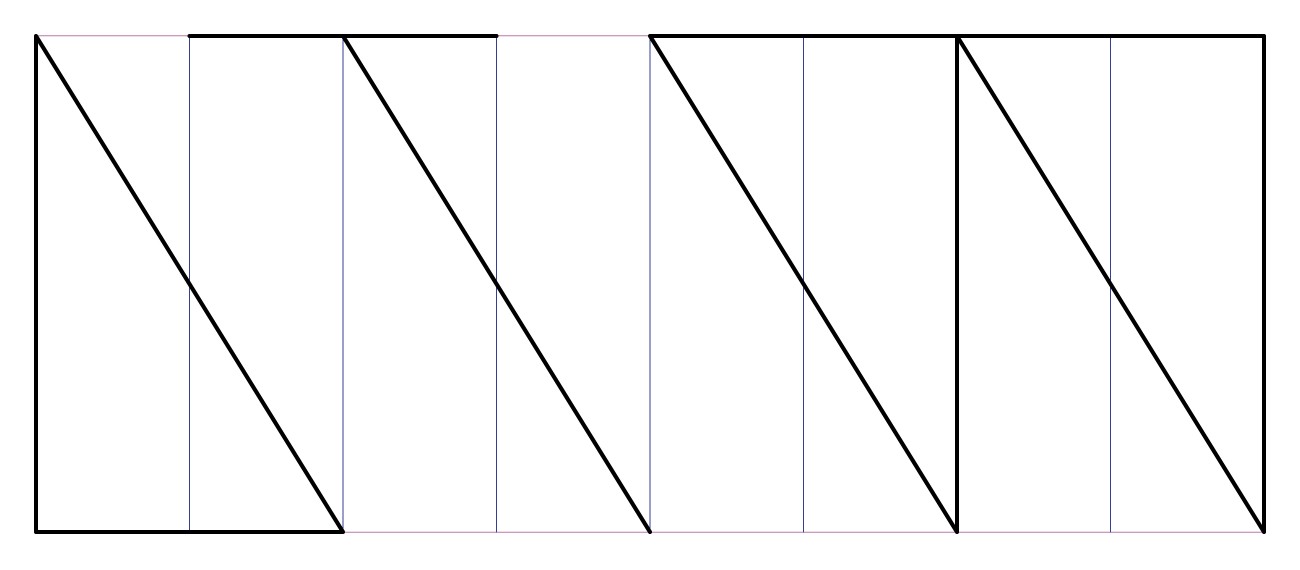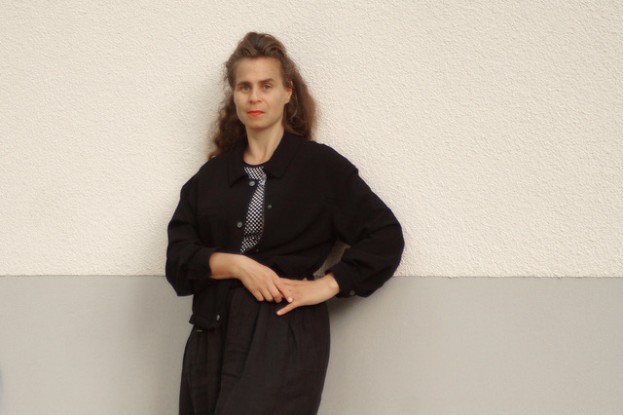Systematic Education – West German Campus Universities of the Postwar Period
Habilitation project by Dr. Lisa Beißwanger
In the Federal Republic of Germany of the 1960s and 1970s, there was a veritable university building boom. This was triggered by far-reaching educational reforms that responded to an acute shortage of qualified workers in the context of the so-called Wirtschaftswunder (economic miracle) and the political and technological arms race during the Cold War. In many places, colleges and universities were expanded or completely reestablished and built. Away from historic city centers – and thus in line with urban planning concepts of the time – the campus university type, new to Germany, emerged. Striking common features of these places, then called “think tanks” or “mass universities” – designations that had positive connotations – are their sheer size and the consistent systematic approach with which they were planned and built. On the basis of fixed grid sizes, building systems were developed that promised the greatest possible efficiency, flexibility and expandability. At the same time, these designs were associated with ideals of social and educational theory such as individual freedom and interdisciplinary cooperation. From today's perspective, the emphatically democratic rhetoric that always accompanied these projects may seem at odds with their huge dimensions and their industrial aesthetics based on standards and norms.
This project inquires into the historical, socio-political and epistemological dimensions of campus architecture. Architecture is seen on the one hand as a reflection of its social, political and economic contexts, and on the other hand as a formative force that shapes how people live and work together. As “innovation agencies” (Pasternack 2001) of a society, university and college buildings show not only whether and how, but also in which future investments are made. Special attention is paid to thinking in grids and systems and its historical connection with the emerging scientific branches of systems theory and cybernetics. The projects studied here, it is argued, mark an upheaval in architectural systems thinking in the modern era. The new campus universities were to be self-sustaining and knowledge-generating systems. Based on the existing tendencies towards standardization, moments of flexibilization and automation and thus an algorithmic systems thinking gained importance. The aim is not an affirmative description of this systems thinking and its analogies in built architecture, but a critical examination of the underlying parameters, their effects and their inclusion and exclusion mechanisms.




